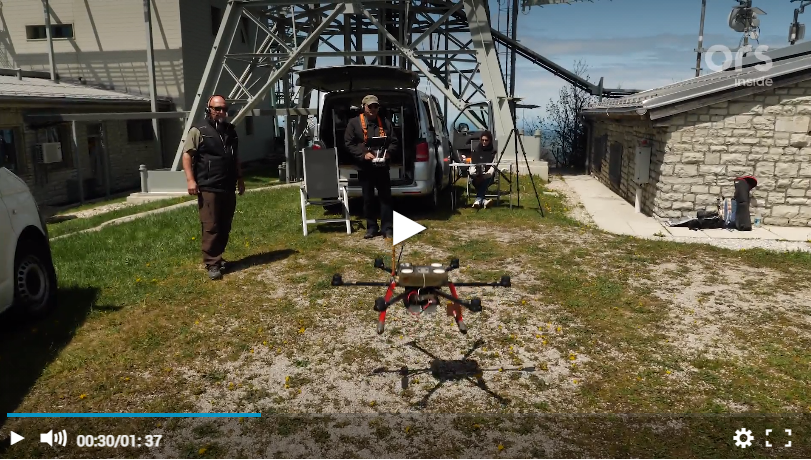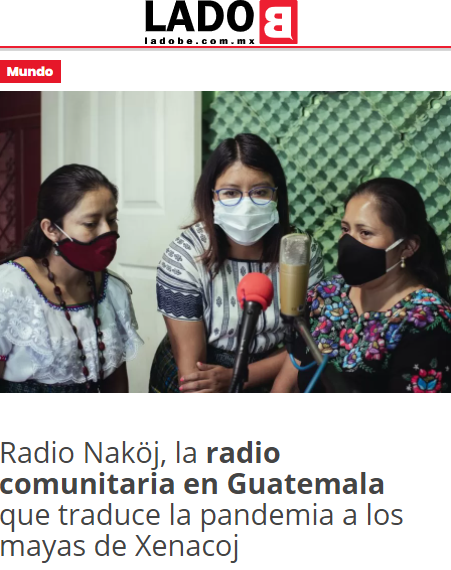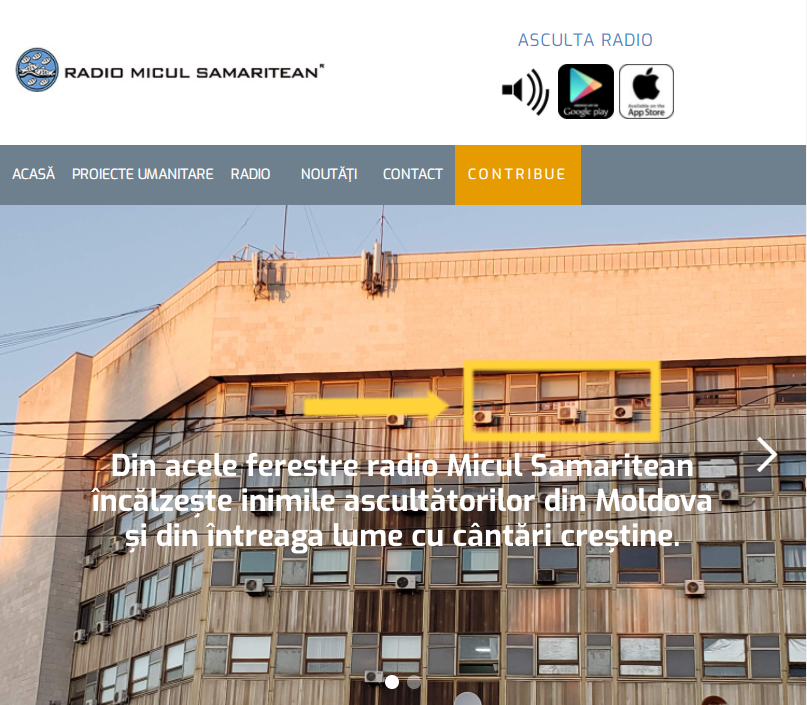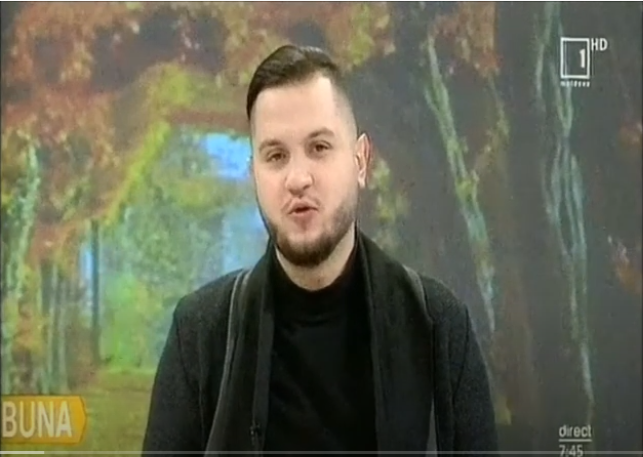A fire that devastated French repeaters on Italian territory has made it impossible to listen to various national and local programmes on the island’s east coast since 27 June 2021

Source
Elba is a strategic location for illuminating the east coast of Corsica with radio signals. Mount Capanne is opposite Bastia and is about fifty kilometres as the crow flies from the Corsican coast, so much so that French public radio and television, in agreement with Italy, has repeaters on the summit since 1990.
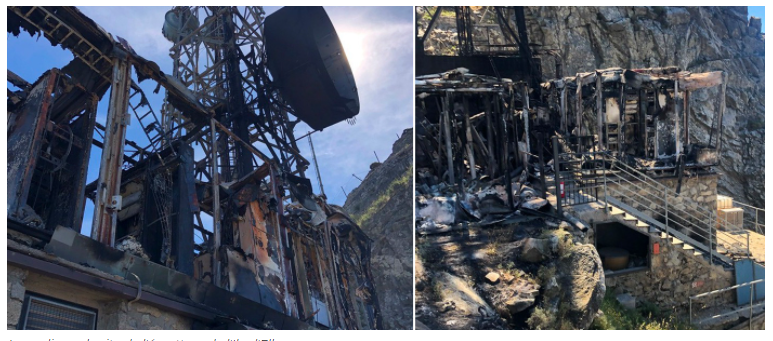
Source
The location is managed by the TDF group (a company set up in 1975 by the public broadcaster to manage the technical infrastructure), which broadcasts four radio channels from the site, including national and regional ones: France Bleu RCFM (an acronym for Radio Corse Fréquence Mora, on 88.2 MHz), France Culture (92.3); France Inter (96.8) and France Musique (99.8).
Forty years ago, Radio Corse Internationale was silenced

Source
Mount Capanne was also at the centre of an obscure episode, as the Italradio website writes: the attack on several repeaters on 14 August 1980, two weeks after the Bologna station massacre. A book published in France in 2013 (Histoire politique des services secrets français, Editions La Découverte) relates the four explosions to similar actions carried out by the French secret services. Among the radio stations involved was Radio Corse Internationale, a station that supported Corsican independence. The French government tried to use diplomatic means to stop the station but was met with disinterest from the Italian authorities. The station stopped broadcasting in 1981.





